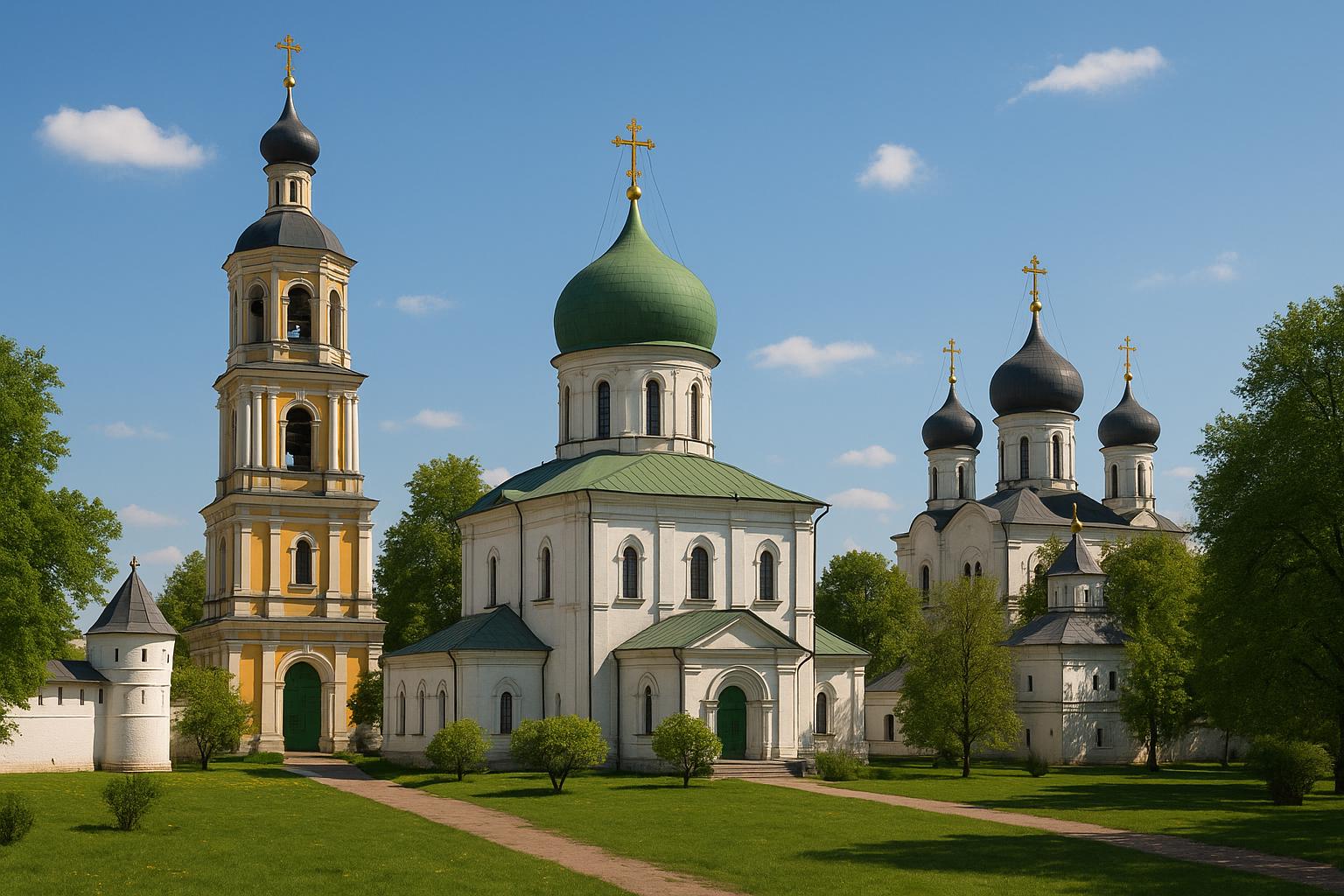Overview of Danilov Monastery
Danilov Monastery, known in Russian as Danilov Monastyr, is a prominent historical and religious site located in Moscow, Russia. Its significance in Russian Orthodox Christianity is profound, linked intricately with the legacy of Saint Daniel of Moscow. This article delves into the history, architectural features, and contemporary status of the monastery, providing a comprehensive understanding of its enduring role in Russian culture and spirituality.
Historical Background
Founded in the late 13th century by Prince Daniel of Moscow, Danilov Monastery holds the distinction of being one of the oldest monastic institutions in the Russian capital. Prince Daniel, the youngest son of the legendary Alexander Nevsky, initiated the establishment of the monastery, envisioning it as a spiritual center and a haven for retreat from worldly matters. Over the centuries, the monastery has witnessed numerous transformations, mirroring the tumultuous history of Russia itself.
In the monastery’s early years, it was a modest establishment, with limited influence and fame. However, during the 15th century, it gained significant prominence as a spiritual fortress, a time marked by spiritual growth and architectural development. Despite facing challenges over the centuries, including devastating fires, plundering, and political upheaval, the monastery consistently maintained its role as a center of spiritual and cultural life in Russia.
Architectural Features
The architectural style of Danilov Monastery offers a rich tapestry illustrating the evolution of Russian ecclesiastical architecture. The complex comprises several structures, each reflecting different periods and architectural styles, which together weave a narrative of Russian religious art and design.
A standout structure within the complex is the Cathedral of the Holy Fathers of the Seven Ecumenical Councils. This majestic building, with its distinctive golden domes, serves as the monastery’s central structure. It embodies traditional Russian Orthodox church architecture, famous for its ornate iconostasis and intricately painted frescoes, which depict various religious narratives and figures.
Another noteworthy building is the Church of the Holy Fathers, which combines traditional Russian architectural elements with neoclassical influences. The elegant blend of styles is evident in the architectural details, from the slender, towering spires to the intricately carved columns and reliefs. Visitors are often mesmerized by the beauty and historic richness that seem to permeate the ancient walls of these buildings.
Revitalization and Modern Role
The 20th century posed significant challenges for Danilov Monastery, particularly during the Soviet era when religious practices were heavily suppressed. During this time, the monastery was closed, and its buildings were repurposed for secular uses, often stripped of their religious significance and historical grandeur.
However, the fall of the Soviet Union marked a new era of religious revival. There was a resurgence of interest in Russian Orthodox traditions, which led to the restoration and reopening of the monastery in the late 1980s. This period saw extensive efforts to restore the monastery’s structures to their former glory, highlighting its architectural brilliance and religious significance.
Today, Danilov Monastery continues to serve as both a tranquil spiritual retreat and a vibrant religious community. It holds the prestigious status of being the official residence of the Patriarch of Moscow and all Rus’, who is the spiritual leader of the Russian Orthodox Church. Beyond its religious function, the monastery plays a pivotal role in various religious and cultural events, drawing both pilgrims and tourists who seek to experience its spiritual ambiance and historical legacy.
Visiting Danilov Monastery
For those interested in exploring Danilov Monastery, it remains open to the public throughout the year, welcoming visitors who wish to immerse themselves in its serene atmosphere. Visitors have the opportunity to attend religious services, gain insights into the rich history and spiritual significance of the site, and appreciate the architectural marvels that have withstood the test of time.
For those planning a visit, you can explore official sources or tourism websites for detailed visitor information. These resources typically offer guidance on the best times to visit, any special guidelines for tourists, and insights into any ongoing religious or cultural events. Ensuring a well-planned visit can make it an enriching and memorable experience.
In summary, Danilov Monastery stands as a testament to the resilience and enduring legacy of Russian Orthodoxy. With its historical significance and architectural beauty, it represents a vital part of Moscow’s cultural and spiritual landscape. Whether you are a devoted pilgrim, a student of history, or an admirer of religious architecture, visiting Danilov Monastery offers a profound glimpse into both the past and present of Russian Orthodox Christianity.

